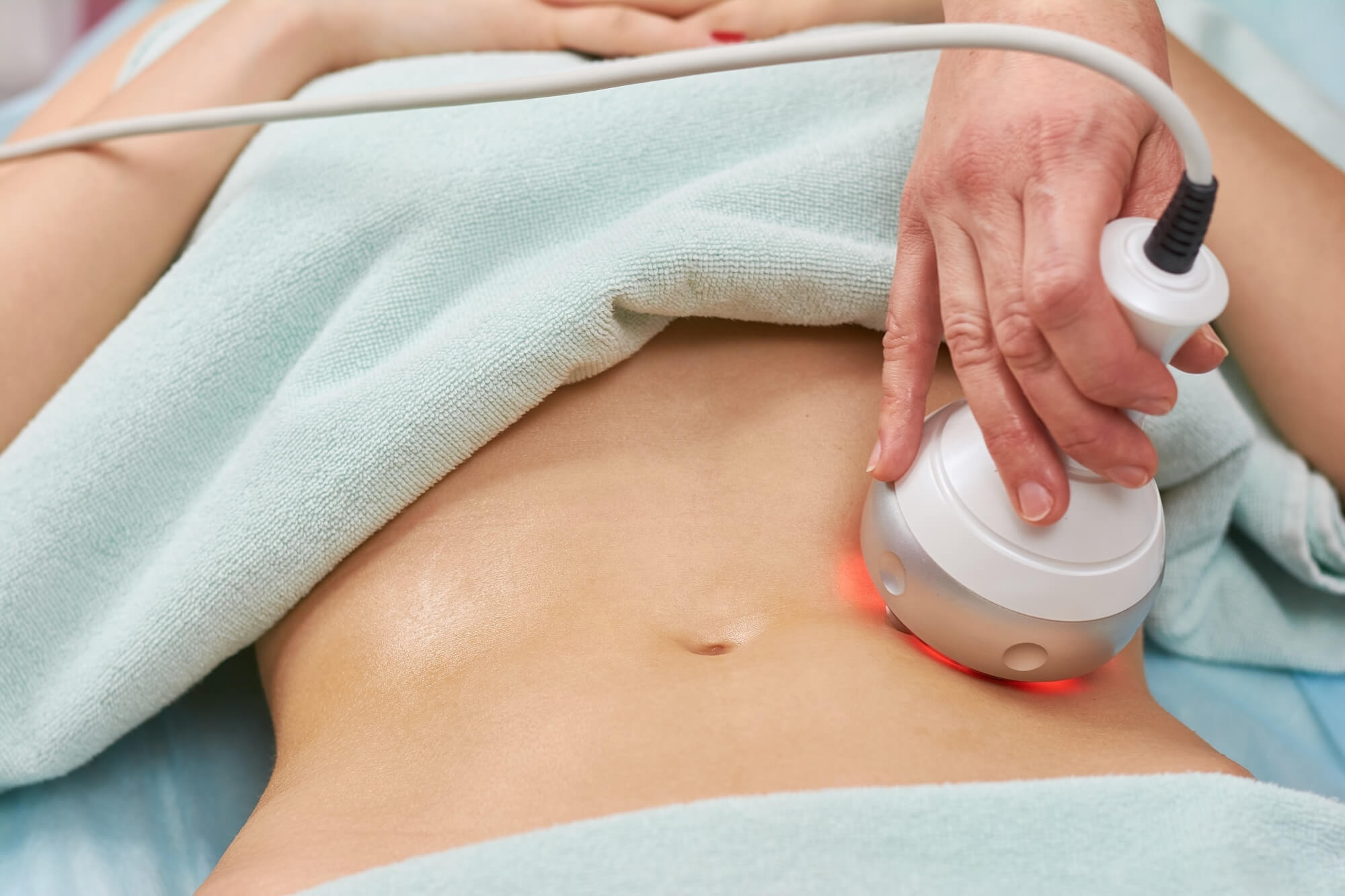Optimal Body Sculpting may be pretty helpful and may have an impact on both your physical and mental well-being. Some of the benefits of body shaping include the following:
- No Recovery time
Body sculpting is appealing partly because you may go to the clinic alone and depart independently. Compared to surgery, which might include several treatments following the operation, there is no recuperation time required, which is a massive benefit for many. You can resume your normal activities after that. For instance, scheduling an appointment over your lunch break might work well with your daily schedule.
- It Is Non-Invasive
It is an easy task. It simply takes a few minutes to finish a non-invasive procedure. You won’t need to undergo any preoperative procedures, and no anesthetic, cuts, or medications will be given to you. The procedure is pleasant and calming. This is perfect for those who dislike the thought of being messed with. Additionally, there is a lower chance of infection than those who have surgery.
- Quickly Lose Weight
The fact that the procedure is quick and doesn’t need you to follow a rigorous diet plan or give up any aspects of your life to get the desired results is arguably its most vital selling point. Body sculpting is an excellent alternative if you’ve been working hard to maintain your health but aren’t seeing any progress. This is especially true for those who are too busy to visit the gym every day.
DO BODY SCULPTING THERAPIES CAUSE PAIN?
Naturally, many people are concerned about how painful it will be. Applying heat and cold therapies may or may not cause discomfort, depending on your pain threshold. Hot treatments can be marginally painful, while cold medicines may hurt or burn. However, because the duration of the therapy is so brief, you are in and out quickly.
The kind of therapies you need is often provided in sessions. Between two and four treatments are possible; they are spaced apart. Additionally, they are perfect for those in a hurry because they don’t require an anesthetic.
ARE THERE ANY RISKS OR SIDE EFFECTS?
Risk is a component of all treatments, whether they are surgical or nonsurgical. The most frequent hazards of the aforementioned tingling or discomfort throughout the session are related to body shaping. A few weeks following treatment, there may also be bruising in the vicinity of the treated region. Additionally, you can feel some stinging or soreness, but this is normal.
In the treatment region, you can also suffer redness and swelling. A diminished feeling in the targeted location is another possibility. But keep in mind that these adverse effects are just fleeting.
The fat-freezing procedures might occasionally result in difficulties. Paradoxical adipose hyperplasia falls under this category. Here, the fat cells enlarge rather than contract. And before doing this, it’s crucial to remember that different people will have different effects.
What happens after body contouring?
Despite undergoing surgery, the majority of patients return home the same day. Someone should drive you home after surgery and spend the first night with you. Additionally, a tiny tube may be placed close to one or more incisions to drain fluid and reduce swelling.
You will get recuperation instructions from your surgical team. They may consist of the following:
- Replacing the bandages and maintaining the drains.
- Keeping an eye out for excessive activity while ambulating to prevent blood clots
- Reporting any issues so they can be addressed in advance.
- Avoiding the sunlight.
- using pharmaceuticals (such as tablets or ointments) to manage pain or stop an infection
You will leave the office or clinic right away following noninvasive body contouring. Typically, you won’t require transport home, so you may get on with your day.
What are the risks or complications of surgery?
Any operation, including lifts and tucks, is surgery and, as such, has specific hazards, albeit seldom. Risks can consist of:
Asymmetry (neither side appears the same).
- Blood clots or bleeding.
- Anesthesia-related complications such as nausea, vomiting, or difficulty waking up.
- Damage to muscles, organs, blood vessels, nerves, or blood.
- Hair loss close to wounds.
- Hematoma may require draining (a pocket of blood under the skin).
- Insufficiently healed wounds.
- Infection.
- Nerve damage that might result in numbness, weakness, or changes to how skin feels.
- Nerve damage that might result in numbness, weakness, or changes to how skin feels.
- Longer-lasting pain or swelling than anticipated.
- Issues relating to the heart or lungs.
- You receive undesirable results, which can necessitate more surgery.
- Skin discoloration, rippling, or scarring.
- Skin discoloration and abnormalities.
Risks associated with nonsurgical alternatives are substantially lower and include the following:
- Hives or rash.
- Pain or soreness.
- Red skin.
- Swelling.
- Unsatisfactory results and need for repeat sessions.

